Introduction
A camera’s mode dial helps to compose your photos in a way that fits the scenario you’re in. Some modes take full control of the aperture, ISO, shutter speed while others let the photographer have that control. These are the 11 different modes:

The Basic Zone
- Portrait- puts the person/subject in focus more than the background. Use when taking a portrait photo of a friend.
- Landscape- everything is sharper and in focus, a smaller aperture. Use when taking a picture of the mountains or nature scenery.
- Macro- emphasizes a faster shutter speed and is similar to portraits. Use for close-ups of small things.
- Sports- freezes action. Good for freezing moving people when they are playing a sport.
- Auto- camera controls everything. Used when you do not feel like adjusting the modes.
- Night- for dark scenes. Like at a party or outside at night.
- No Flash- auto mode, but no flash. Good for museums and places where flash is not allowed.
The Creative Zone
- Program- camera picks both shutter speed and aperture but you can shift the combination. When you want to have some control over how the picture turns out but not much.
- Time Value- you pick the shutter speed and the camera sets the aperture. For taking sports pictures and freezing action.
- Aperture Value- you set the aperture and the camera sets the shutter speed. When you want to control how much is in focus.
- Manual- you control everything. When you want full control of how your picture turns out and you have time to adjust things.
Examples of Modes


This is an example of the portrait mode. I used it to bring Sophia in more focus and the background to be blurrier. For the next time I would maybe darken the picture just a little so the white background wouldn’t be as bright.
I used sports mode when I took this picture so that the action would be frozen. Next time I would make sure the yellow bus wouldn’t be in the background because it is kind of distracting.
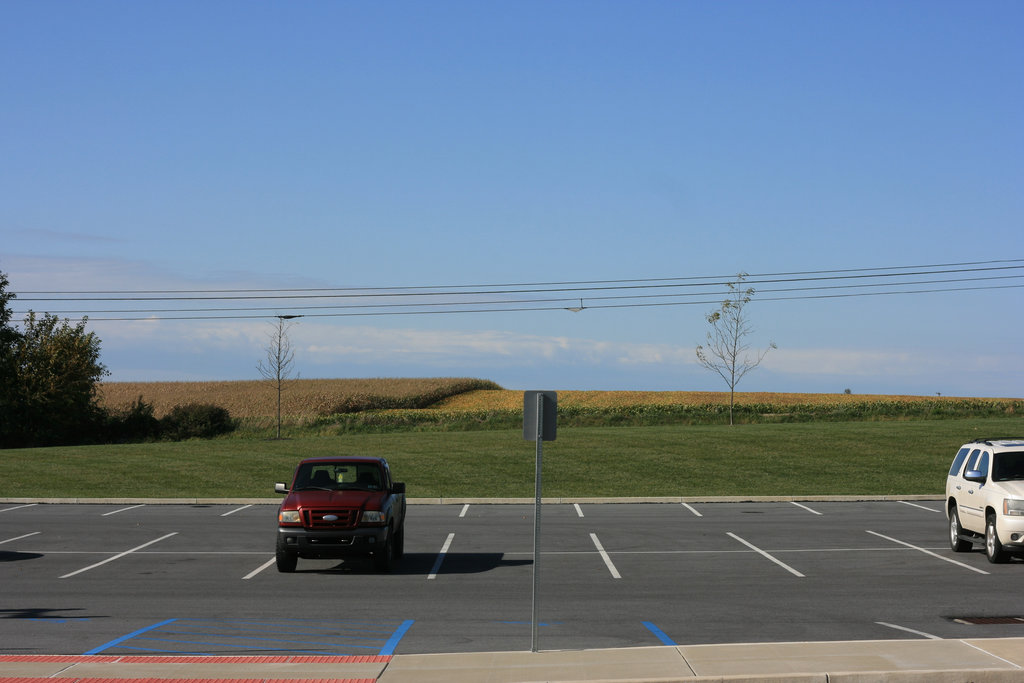

This picture is an example of the landscape mode. If I would take this picture again I would get the white car out of the side so that I’m not cutting an object off.
I took this picture using the auto mode which let the camera do everything. Next time I would balance the picture more and put it down a little.

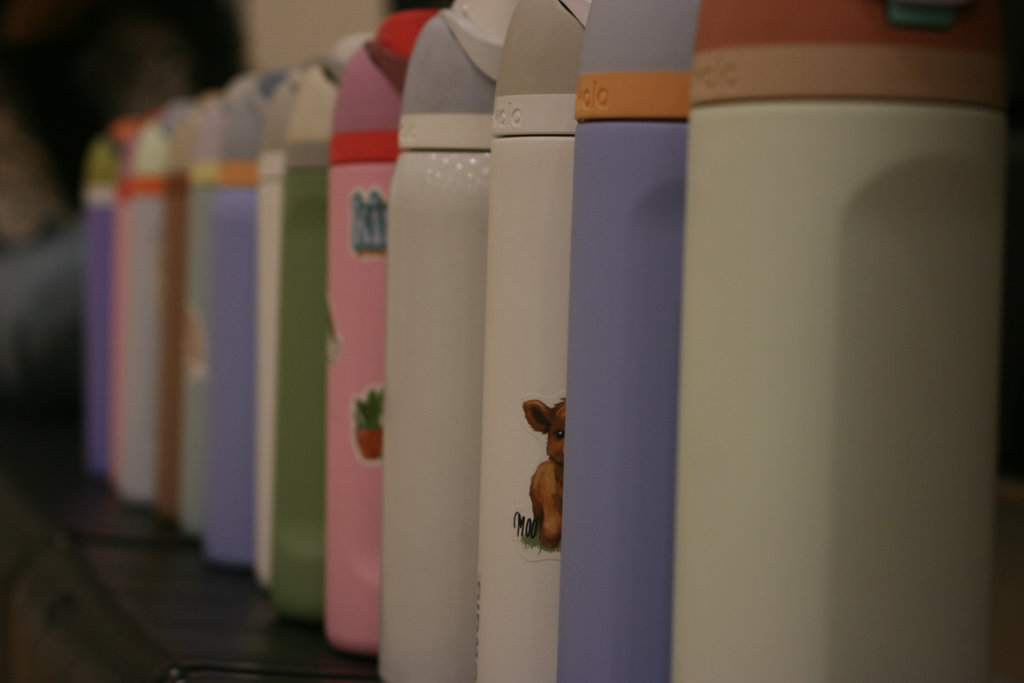
In this photo I used macro mode to expose the details of the leaf and make the background a little blurrier. For the next time I would put the leaf to the right a little more for and example of the rule of thirds.
I used aperture value mode to take this photo. This let me focus on one of the water bottles rather than all of them at once. Next time I would make the lighting brighter and make the aperture smaller.
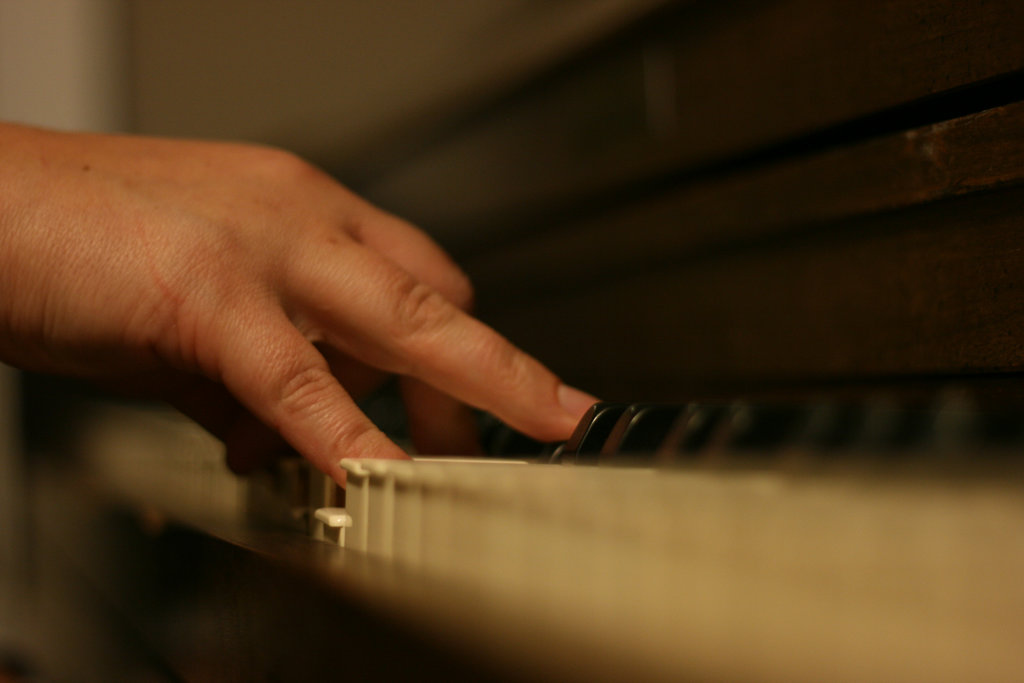
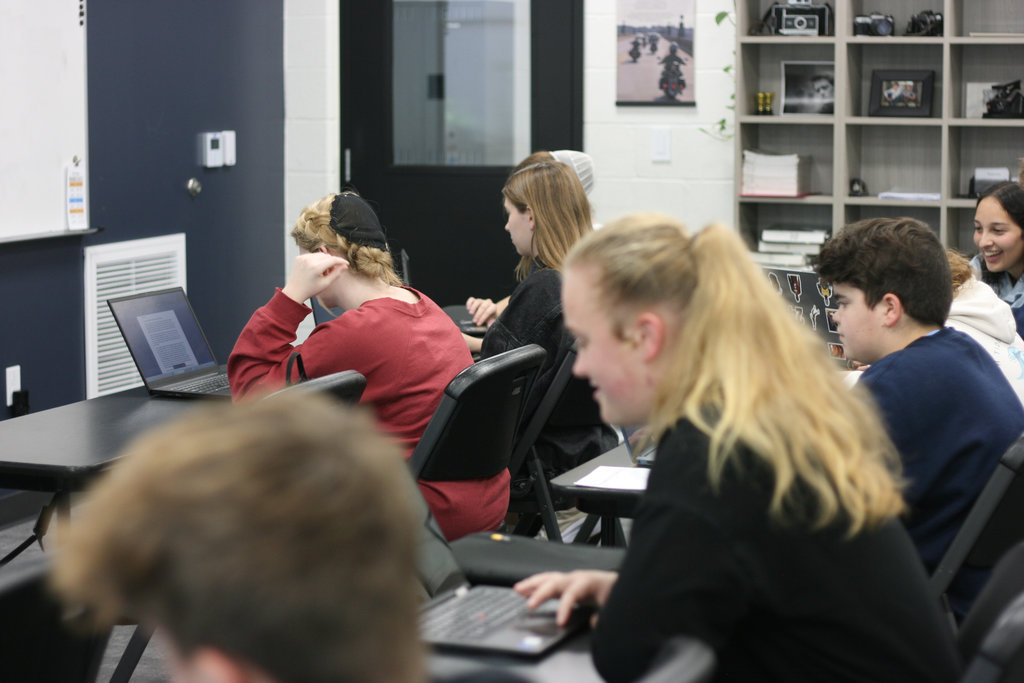
For this photo I used manual mode so I had full control of everything. Next time I would make the aperture one stop higher so that the keys to the left wouldn’t be as blurry.
In this photo I used program mode and adjusting the settings to have a smaller depth of field to focus on one person. Next time I would focus on Heidi instead of Megan.
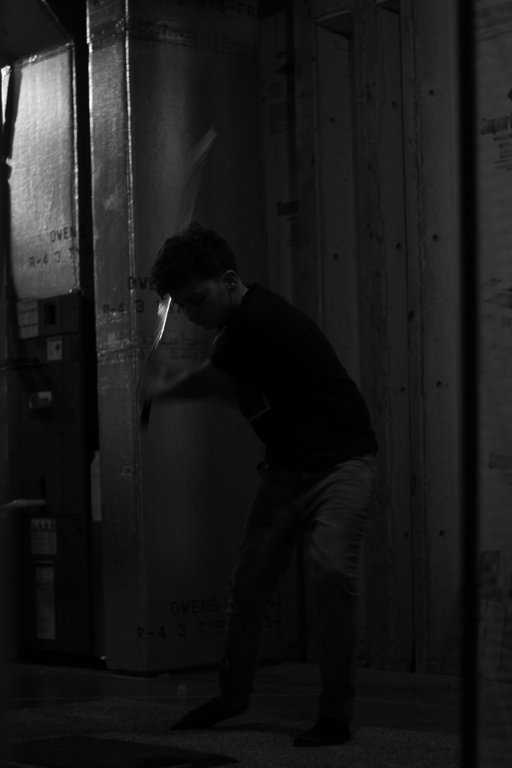
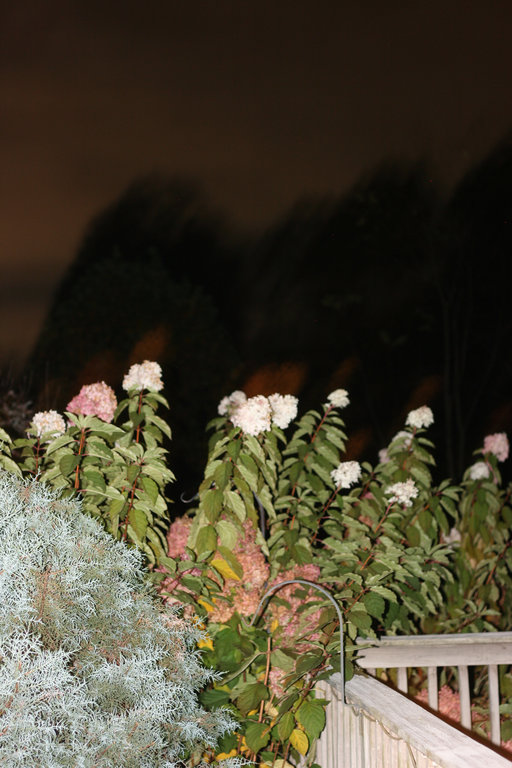
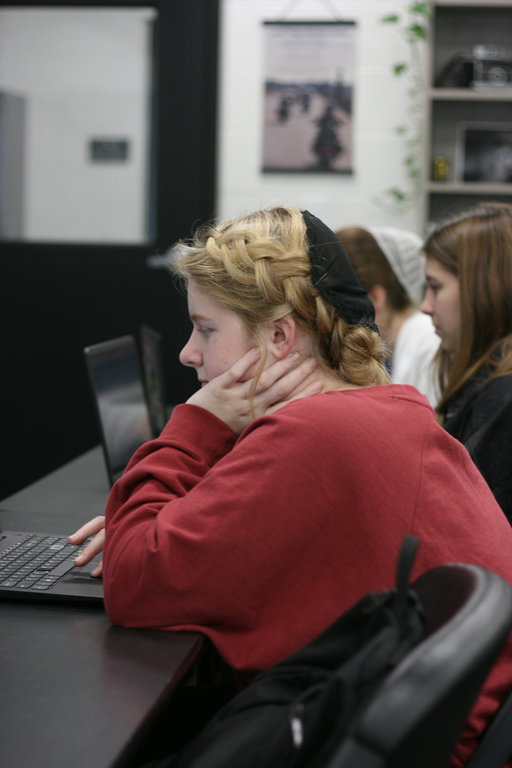
I used time value mode to take this picture and lowered the shutter speed so that the golf club would be slightly blurred. Next time I would put a lighter exposer on.
I used night mode to take this photo so the flash would be on. Next time I would move it up more so it would follow the rule of thirds.
In this photo I used the no flash mode. Next time I would put her head on one of the intersection points for the rule of thirds.
Conclusion
The most natural mode to use for me was the time value one. I like controlling how much is clear and precise and creating a sense of movement in the photos. I would chose manual mode over an automatic one when I have more time to set up the camera and the exposure values. That would give me more time to correct the values to make the best picture possible rather than a camera generated one.
Featured Photo

I chose this as my featured photo because I used full manual for it. I had my mom put her hand on the piano so that the camera wouldn’t just focus on the piano keys but on her hand too. The darker lighting gives more character to it and fits the mood.